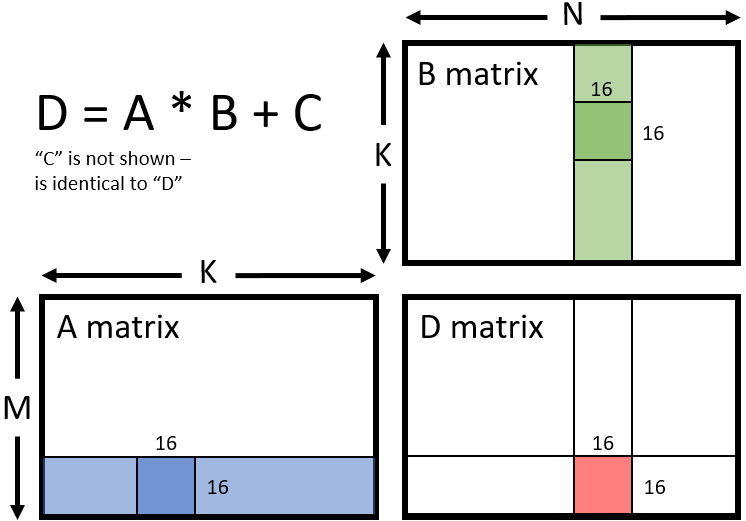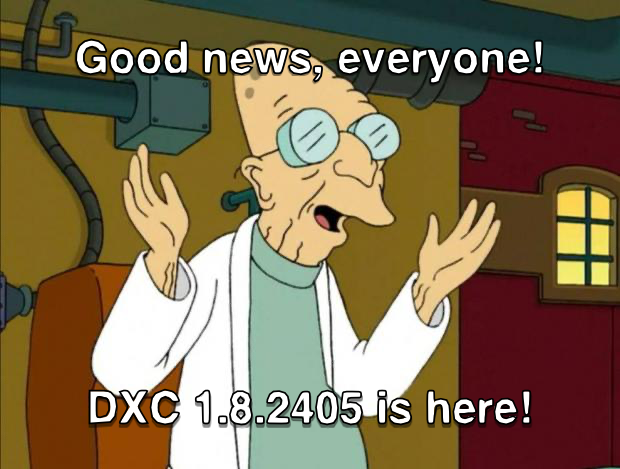DegustatoR
Legend
Technically we don't know what tier it will end up being.It's tier 1_1, not 2_0
1_1 is just a tier for features which are in development right now.
These may end up in 1_0 at release or 1_1 may be moved to release or they may do a 2_0 for that.
Will depend on if there will be any point in making such tiers for the available h/w. As of right now I don't think that there is? All h/w supporting current 1_0 support mesh shaders so it should in theory support mesh leafs fine.





